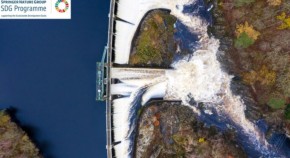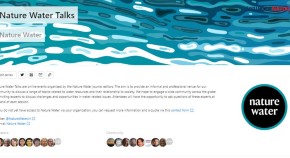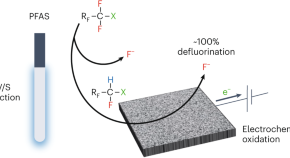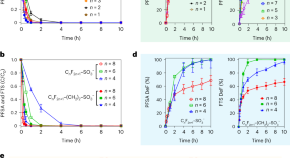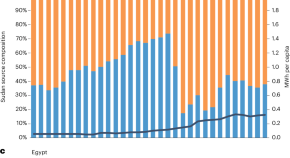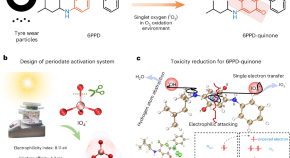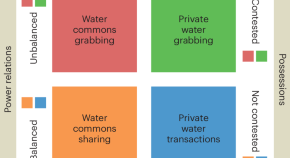

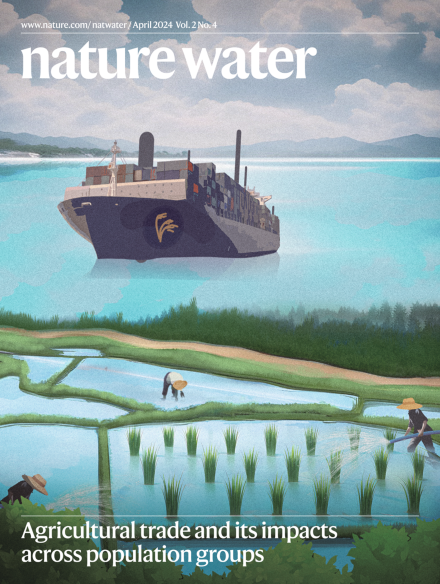
Announcements
-
-
Open call: Hydraulic engineering
Open for submissions -
Advertisement
Trending - Altmetric
-
Substantial defluorination of polychlorofluorocarboxylic acids triggered by anaerobic microbial hydrolytic dechlorination
-
Energy trade tempers Nile water conflict
-
Near-complete destruction of PFAS in aqueous film-forming foam by integrated photo-electrochemical processes
-
Solar-light-activated periodate for degradation and detoxification of highly toxic 6PPD-quinone at environmental levels


